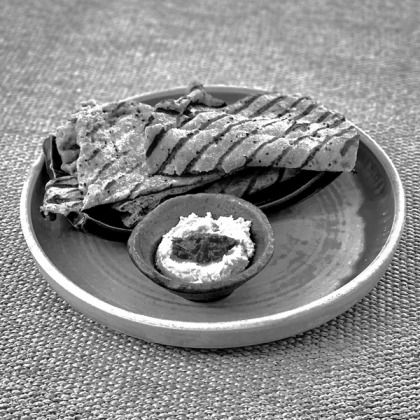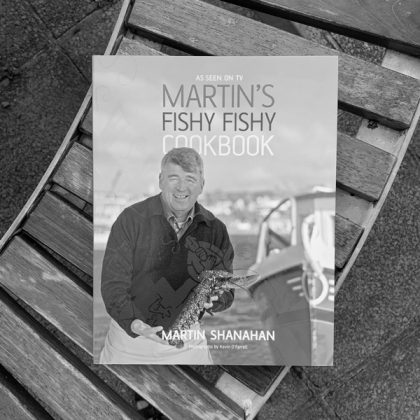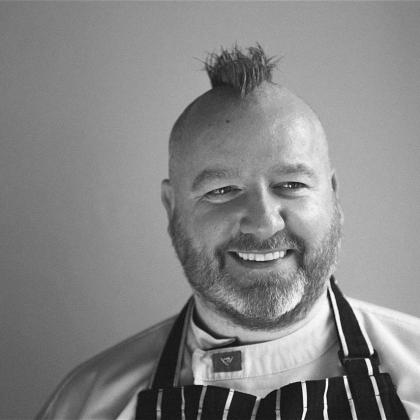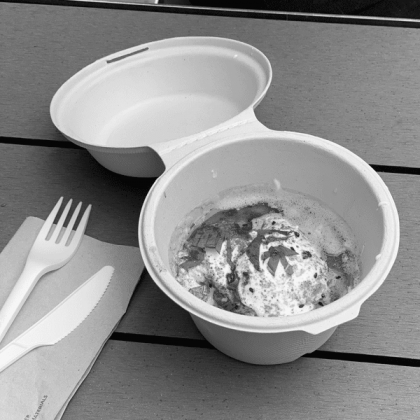When we eat a piece of meat, we take part in not just one, but three miraculous events.
The first is the miracle of photosynthesis, which converts the sun’s energy into a grass that is food for ruminant animals: sunlight turned to sugars.
The second is the process by which animals can convert grass to muscle and milk and eggs.
The third miracle is when we take that muscle and, by dint of fire, turn it into deliciousness personified: a grilled lamb chop; fried slices of pork fillet; a t-bone for the barbecue; your breakfast boiled egg.
These miracles are predicated on grass, and grass is what our Irish climate can do pretty well. True, too many Irish farms have the equivalent of a grass monoculture. But the best farmers who make the best meat – like the Rigneys of Curraghchase in our film in this issue’s Megabites – know that at the core of what they do is a salad bar of grass.
They know that you are what you eat, but they also know that you are what you eat eats too.
They know that the meat of pastured animals contains the right balance of Omega-6’s and Omega-3’s, and our bodies need these to be healthy. They know that such animals contain Conjugated Linoleic Acid (CLA) whereas animals reared on feedlots don’t have CLA. And we need CLA to keep our weight down and to combat cancers.
So, it’s simple. Grass fed is good. It was good for our ancestors. And it’s good for us.
Which makes the news of the world’s first tasting of in vitro meat and, in particular, its welcome by the animal rights philosopher Peter Singer in a Guardian editorial, not just depressing, but ridiculous.
The in vitro meat has been developed by Dr Mark Post of the University of Maastricht. It has been funded by Sergey Brin of Google (slogan: “Don’t do evil”). To produce the one burger at the tasting mediafest, the researchers used cow shoulder muscle multiplied in a nutrient solution of fetal bovine serum. Fetal bovine serum derives from a bovine fetus removed after a cow has been slaughtered, and from whom blood is removed via cardiac puncture.
So, let’s get this as straight as we can. Professor Singer, whose passionate writings on animal welfare have inspired two generations to either abstain from meat or to be very, very careful about what meat they eat, thinks it is a good idea to draw blood from the heart of a calf embryo of a slaughtered cow and to use this to develop in vitro meat.
Even Dr Frankenstein would blanch at that process.
Advocates of in vitro meat, such as Mr Brin, claim to be concerned about “the sustainability of meat production and animal welfare.”
Really?
Can I offer two solutions to their concerns. Eat grass fed meat. And don’t do evil.
John McKenna







